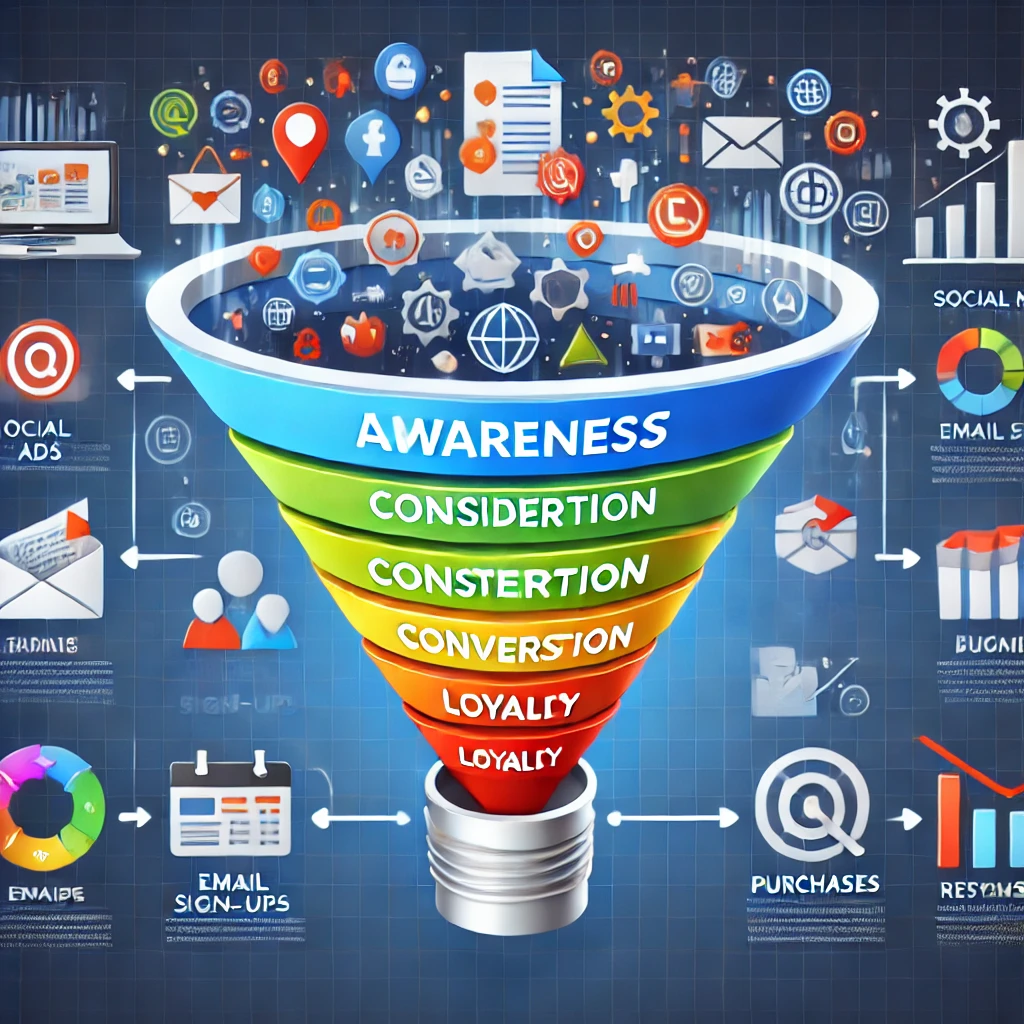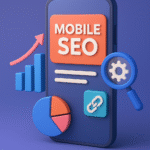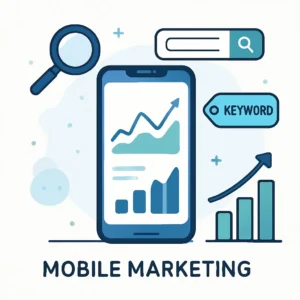

Marketing Funnel: Key Tactics for Each Stage
The marketing funnel is a model that represents the journey a customer takes from the moment they learn about a product or service to the point of making a purchase. By understanding each stage of the funnel and optimizing it, businesses can better nurture prospects, drive conversions, and foster loyalty. Here, we’ll explore each stage in detail and outline strategies to optimize each phase effectively.
Table of Contents
Toggle1. Awareness Stage: Building Brand Recognition
n the awareness stage, potential customers are just discovering your brand or product. They might encounter it through ads, social media, blog posts, or word of mouth. At this stage, the goal is not to sell but to make a strong first impression and pique interest.
Strategies for Optimization:
- Content Marketing: Create valuable, informative, or entertaining content that aligns with your audience’s needs. Blogs, infographics, and social media posts are excellent tools to attract an audience.
- Social Media Marketing: Leverage social media platforms to reach a wider audience. Engaging posts, stories, and ads on channels like Instagram, Facebook, and LinkedIn can help increase brand visibility.
- SEO: Optimize your content to rank high in search engines for relevant keywords. Good SEO practices help potential customers discover your brand when they search for related topics or solutions.
By creating targeted and valuable content, you increase the likelihood of capturing attention and guiding prospects into the next stage.
2. Interest Stage: Engaging Prospects with Relevant Content
Once a customer becomes aware of your brand, the next goal is to keep them interested. At this stage, your audience is likely researching and comparing options, so providing relevant, informative content can build trust and help position your brand as an authority.
Strategies for Optimization:
- Email Marketing: Encourage visitors to sign up for a newsletter to receive more insights, tips, or exclusive content. Regular email communication builds engagement and keeps your brand top of mind.
- Personalized Content: Use targeted content based on their interests or previous interactions with your brand. For instance, if they’ve read an article on digital marketing, suggest additional resources on the same topic.
- Case Studies & Testimonials: Share success stories or customer testimonials to show how your product has helped others. This builds credibility and may increase the prospect’s interest in your offering.
3. Consideration Stage: Nurturing Leads Towards Decision-Making
In the consideration stage, potential customers are actively evaluating your product or service and comparing it to competitors. They are looking for concrete reasons to choose your offering, so the focus should be on providing helpful information and resources to ease their decision-making process.
Strategies for Optimization:
- Retargeting Ads: Retarget individuals who have visited your website or engaged with your content. Retargeting ads remind them of your brand and offer additional value or promotions.
- Webinars and Demos: Host live webinars, product demos, or Q&A sessions. These allow prospects to learn more about your product, see it in action, and ask questions.
- Comparisons and Guides: Create content that compares your product to alternatives. Honest and transparent comparisons, including advantages and disadvantages, build trust and position you as a transparent brand.
4. Intent Stage: Encouraging the Decision to Purchase
At this stage, a customer is almost ready to purchase but may still have a few remaining hesitations. Addressing these last-minute doubts and providing clear reasons to buy can help finalize the decision and drive conversion.
Strategies for Optimization:
- Incentives: Offering limited-time discounts, free trials, or bonuses can encourage prospects to make a quick decision. Incentives can serve as a final nudge for hesitant customers.
- Product Reviews and Social Proof: Highlight positive reviews, testimonials, and case studies. Seeing other satisfied customers can reassure prospects and provide them with the confidence to proceed.
- Abandoned Cart Reminders: For e-commerce brands, sending reminders to customers who have left items in their cart can help close sales. Include an additional incentive or offer to encourage completion.
5. Purchase Stage: Ensuring a Smooth Transaction Experience
The purchase stage is where the customer finally buys your product or service. At this point, the process should be seamless and positive, ensuring the customer feels secure and valued.
Strategies for Optimization:
- Streamlined Checkout: Minimize the steps needed for a customer to complete a purchase. A quick, intuitive checkout process reduces the risk of cart abandonment.
- Secure Payment Options: Offering multiple and secure payment options increases customer confidence.
- Follow-Up Communication: Send a thank-you message and confirmation email immediately after purchase. Keeping customers informed reassures them and shows appreciation for their business.
A smooth, hassle-free purchase experience leaves customers with a positive impression of your brand, laying the foundation for long-term loyalty.
6. Loyalty Stage: Encouraging Repeat Business and Advocacy
The loyalty stage is critical for transforming one-time customers into loyal advocates. Repeat customers tend to spend more over time, and their advocacy can bring in new prospects.
Strategies for Optimization:
- Loyalty Programs: Implement loyalty programs that reward repeat customers. Discounts, points, or exclusive deals create incentives to return.
- Post-Purchase Follow-Up: Check in after the purchase to offer help, collect feedback, or provide additional product recommendations. This shows you care about their experience beyond the sale.
- Referral Programs: Encourage satisfied customers to refer friends and family. Offer rewards for successful referrals, helping you grow through word-of-mouth.
Nurturing customer loyalty not only increases revenue but also builds a community of advocates who promote your brand to others.
7. Advocacy Stage: Turning Customers into Brand Ambassadors
The final stage of the funnel is where loyal customers become brand advocates. They recommend your product to others, share their experiences on social media, and leave positive reviews. This organic promotion is one of the most powerful tools a business can have.
Strategies for Optimization:
- Encourage User-Generated Content (UGC): Ask customers to share photos or testimonials of your product on social media. UGC can expand your reach and bring in new prospects through authentic recommendations.
- Engage on Social Media: Respond to customer comments, share their posts, and show appreciation for their advocacy. A brand that interacts with its customers on social media often creates deeper loyalty.
- Build a Community: Creating a customer community where they can interact with each other and your brand fosters a sense of belonging. Communities can be formed on platforms like Facebook, or as part of loyalty programs.
Advocacy is often the result of strong relationships nurtured through every stage of the funnel. Engaged advocates can significantly influence prospective customers.






















Post Comment